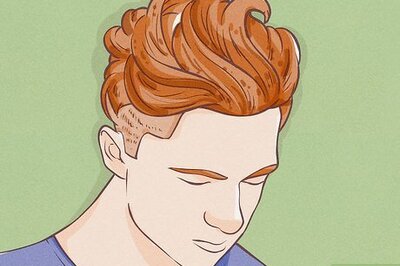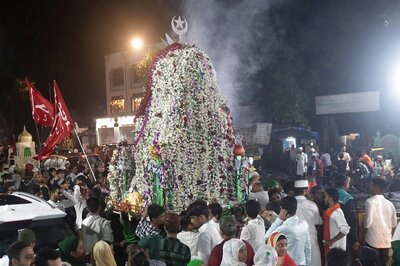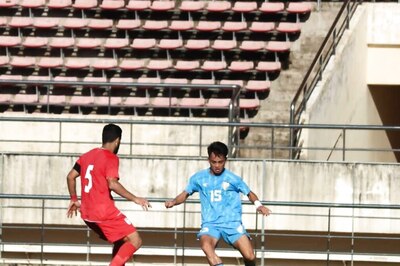
views
THIRUVANANTHAPURAM: No signs of aggression, hardly any command from the teacher to punch harder, no systematic shouts from the students synonymous with many martial arts. It will take several minutes of explanation to make a layman understand that it is not a quaint dance form, but ‘Taichi’, a unique Chinese martial art. After the initial hiccups, Thiruvananthapuram is slowly embracing Taichi. “Making people understand that Taichi is a martial art was difficult in the beginning. They are familiar with Karate and may have even dabbled in Kungfu, but Taichi was a new cup of tea for many. For them, as a martial art form, Taichi is strange, but appealing,” says K M Iqbal, Taichi expert and a senior black belt holder in karate, who conducts classes at Parottukonam in the city. Categorised as a ‘soft’ martial art, the beauty of its forms (sequence of techniques) captivates spectators with the imitation of the movements of wild animals and birds. Unlike other systems, Taichi recommends its practitioners to shed inhibitions and face whatever is in front of them. ‘’But the effectiveness of the martial art in enhancing efficiency and intellectual development should not go unnoticed. Studies have proved that brain efficiency can be enhanced by practising the forms with precision,” says Iqbal. Slowly and steadily, the martial art, which is often termed as ‘Moving Meditation’, is making a headway into the daily routine of Keralites. Iqbal started his martial arts career at the tender age of 11. After studying Kalarippayattu for a few years, he shifted his attention to Karate. Iqbal still considers that the training in Shito-Ryu Karate under Sensei Moses Thilak had brought the best out of him. Moses Thilak, who was revered as a ‘radical karate master’, brought Italian master Luca Ginalfi, Australian master Darrel Johnson and Chinese master Koh-bee-Juan, all experts in Taichi, to train his students. This was way back in 1991,” remembers Iqbal. “Taichi is not just a martial art, but a perfect lifestyle which has helped me overcome the pain and inflammation in my knees,” says Sajeena Shukoor, wife of Iqbal. Sajeena suffered from serious Spondyloarthritis, which almost ended her career as a teacher at the Cotton Hill School. To cement her claim, she adjusted her head scarf and performed the ‘42 mixed sports form’ with ease. Neethu R Krishnan, a student at SN College, Chempazhanthy and Iqbal’s student, was initiated into Taichi a year ago. After some basic sessions, she came to know that performing the art is not as easy as it appears. “Here, we have to focus on our movements and breath simultaneously. At first, when the movements were rectified, the breathing faltered. I almost chickened out. But, later, I managed to get things right and found that synchronisation of the movement and breath can do wonders to the mind and the body,” she says. The forms and the sequenced movements along with proper breathing create a dynamic workout session. The balance and the stability maintained during the sessions are derived from the concept of Yin and Yang, the inevitable duality in the universe such as earth and sky, day and night, hard and soft etc. According to Iqbal, the focal theme of Taichi is to maintain an equilibrium between Yin and Yang. The spiritual essence incorporated into Taichi advocates two ways to defuse a crisis situation. One is to directly get involved. The other is to avoid the crisis by sensing the situation before it occurs. Taichi offers both propositions, to defend or to thwart an invitation to fight. ‘’Life should flow like water; what need to ponder over the things that are inevitable and predestined?” asks Iqbal with a smile. His observation prompts enthusiastic nods from the students who have gathered at his place to learn the ‘Chinese alternate way of thinking.’


















Comments
0 comment